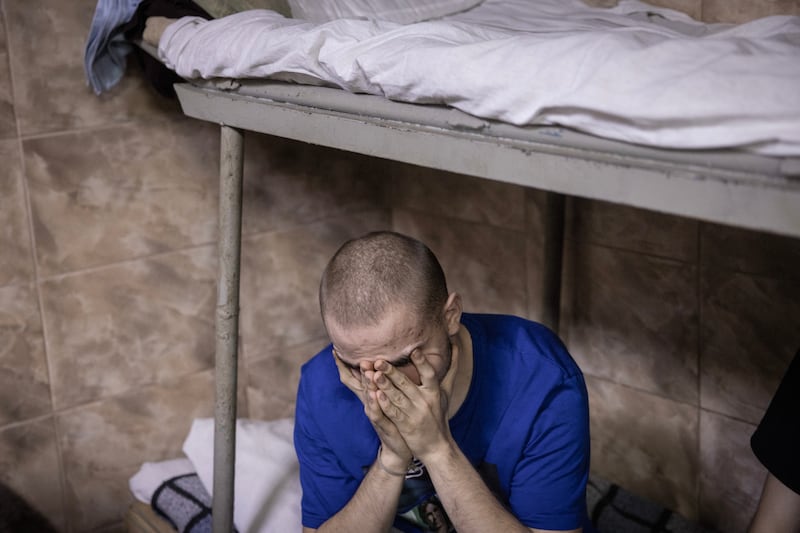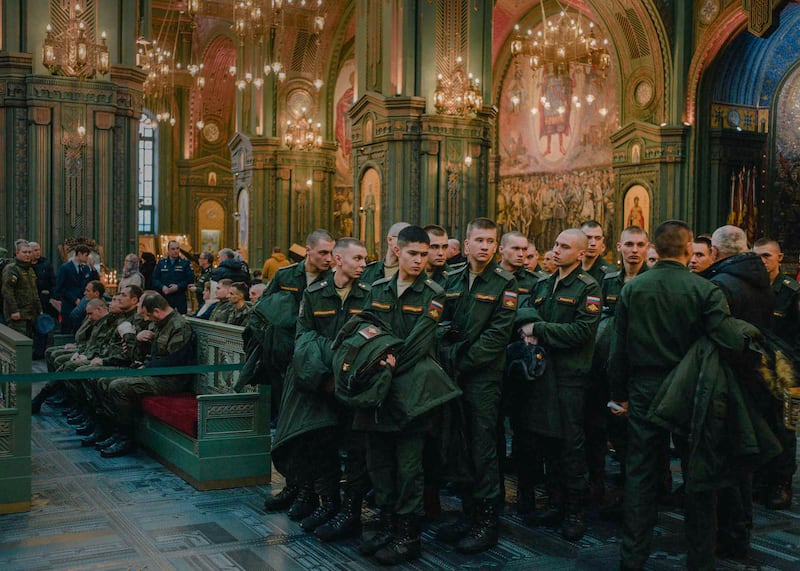More than two weeks after Ukraine’s surprise incursion into Russia, the Kremlin’s forces have slowed the advance, with the hardening front line in the Kursk region of Russia setting up the next phase of a battle with great political stakes for both sides.
Russian president Vladimir Putin has pledged a decisive response to the first invasion of Russian territory since the second World War. But so far, the response has been focused on containing the incursion rather than reversing it, raising the question of what Russia’s depleted military is willing to risk to expel the invaders – or whether it is capable of doing so.
The unforeseen invasion of Kursk has exposed the ongoing intelligence failures of the Russian military, as well as Russia’s shortage of battle-ready reserves in a war fought along a 1,200km front. Ukraine’s rapid gains have also upended the global perception of Russia’s slow but unstoppable march toward victory in a war of attrition.
As Ukrainian forces advanced, videos of surrendering groups of Russian conscripts and border guards shocked many in Russia, shaking Putin’s narrative that the war in Ukraine was being fought far away by well-paid, determined volunteers.
Still, the battle in Russia’s border regions remains in its initial stages, and the present pace of the Kursk incursion is giving Putin time to calibrate his response. Instead of weakening the Kremlin’s grip on power, the invasion may eventually cause more Russian citizens to rally around the flag, analysts said.
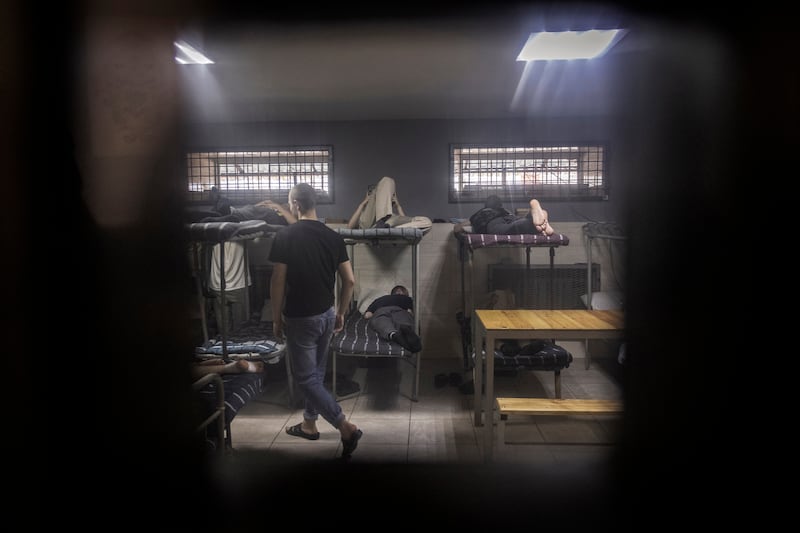
The Kursk invasion “is certainly a blow to the Kremlin’s reputation”, Tatiana Stanovaya, a Russian political scientist, wrote on social media on Tuesday. But “it is unlikely to spark a significant rise in social or political discontent among the population, nor will it lead to an elite rebellion”.
Militarily, from the Russian perspective, Ukraine’s gambit has also created an opportunity to further deplete Ukraine’s own limited forces and to make gains in other areas of the front. That could turn a short-term political victory for Ukraine’s President Volodymyr Zelenskiy into a strategic defeat, Russian military analysts said.
After being initially heralded as a brilliant military stroke, the Kursk operation could end up becoming a trap for the Ukrainian army, those analysts noted.
“The invasion of Kursk has merely expanded and prolonged a war of attrition, in which Russia enjoys a resource advantage,” said Vasily Kashin, a political scientist at Moscow’s state-run Higher School of Economics, who studies the political impact of Russia’s war.
Among the options for Russia’s generals, analysts said, are trying to muster an overwhelming new force to crush Ukraine’s bridgehead in Kursk, or using their advantage in aviation and artillery to gradually pound the forces into a retreat.
Both those strategies could take weeks or even months to carry out, and would come at the expense of other areas of the front, reflecting the reality of a war where neither side has enough resources to force its opponent to end the fighting.
Putin himself – who must balance the political cost of losing Russian territory against that of drafting more soldiers – has given little hint of his strategy. On Tuesday, he toured a provincial sweets factory, examining packages of sugar-free apple candy.
The calm of that scene was in sharp contrast to the initial days of the Kursk invasion, when Putin derided subordinates and promised a decisive response.
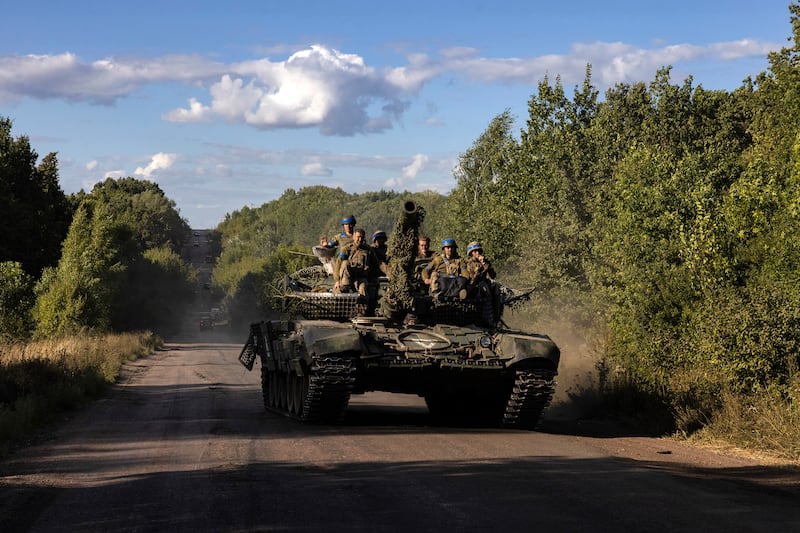
Analysts are still assessing how and why Russian forces were caught so unprepared on August 6th, when undetected Ukrainian units poured over the border. They brushed aside the poorly equipped and inexperienced Russian conscripts sent to guard that section of the front and pushed tens of kilometres into Russian territory.
Some analysts believe the Russian command did not commit significant forces to this area because it lacked obvious military value. “The strike hit emptiness,” said Dmitry Kuznets, a military analyst with the Russian independent news outlet Meduza, which operates from Latvia after being outlawed by the Kremlin.
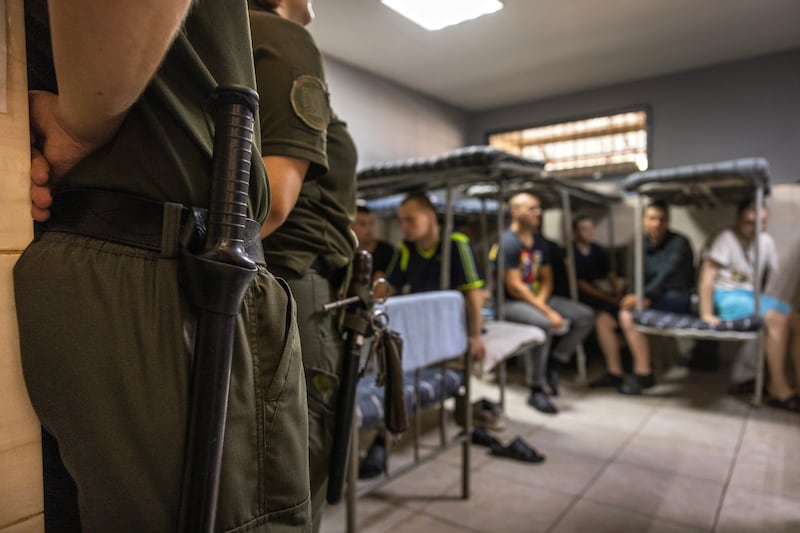
Another Russian military expert, Ruslan Pukhov, thinks the Russian leadership may have been lulled into complacency by the overtures regarding negotiation put out by Ukraine this summer.
After the first week of fighting, Ukraine claimed to control almost 1,000sq km of Russian territory and to have taken hundreds of prisoners.
[ Military analysis: Kursk incursion heaps pressure on Ukraine’s eastOpens in new window ]
But as Ukraine’s supply lines became strained and as Russia pulled in reinforcements, the pace of advance fell significantly in the second week. Most military analysts believe Ukraine no longer threatens any strategic targets, such as Kursk’s nuclear plant or the provincial capital.
Those analysts believe Russia has now concentrated enough forces in Kursk to largely bog down the invaders in the same type of positional warfare seen in other fronts of the war.
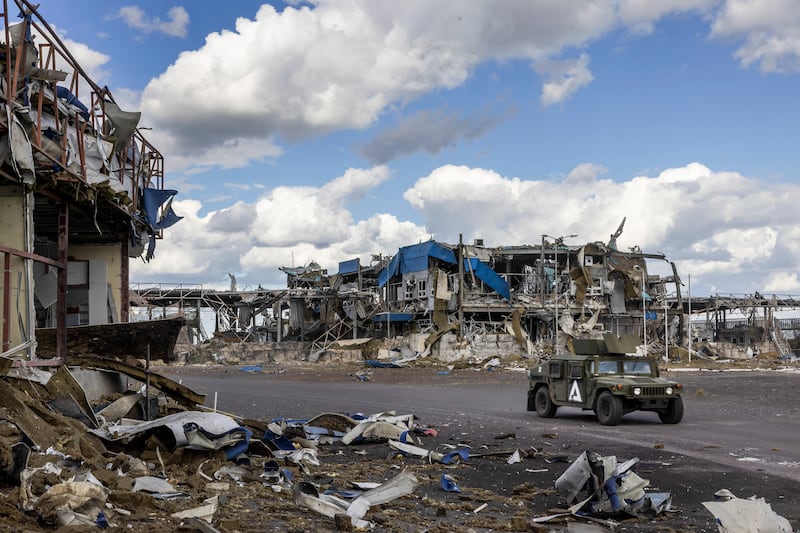
To counter the incursion, the Russian command has relied on a combination of conscripts, volunteers from units that were being formed in the rear at the time of the attack, and handpicked experienced units from relatively quiet sections of the front in Ukraine, Kuznets said.
Russia’s Black Sea marines, for example, have been moved to Kursk from the Kherson region of Ukraine, where the front has long followed the difficult-to-breach Dnieper river, Kuznets said. Other parts of the initial Kursk reaction force have come from the Zaporizhzhia and Kharkiv regions of Ukraine, where the front has barely moved in weeks, a Russian military analyst, Valery Shiriaev, told Newsroom, an independent Russian news outlet.
Kuznets said that while Putin has time to plan the Kursk riposte, he cannot allow the Russian territory to lie in enemy hands indefinitely without risking a nationalist backlash.
The authorities have indirectly acknowledged that the fight to push out the Ukrainians may take weeks or even months by floating the idea that refugees from the occupied parts of the Kursk region be given financial aid to resettle in other parts of Russia.
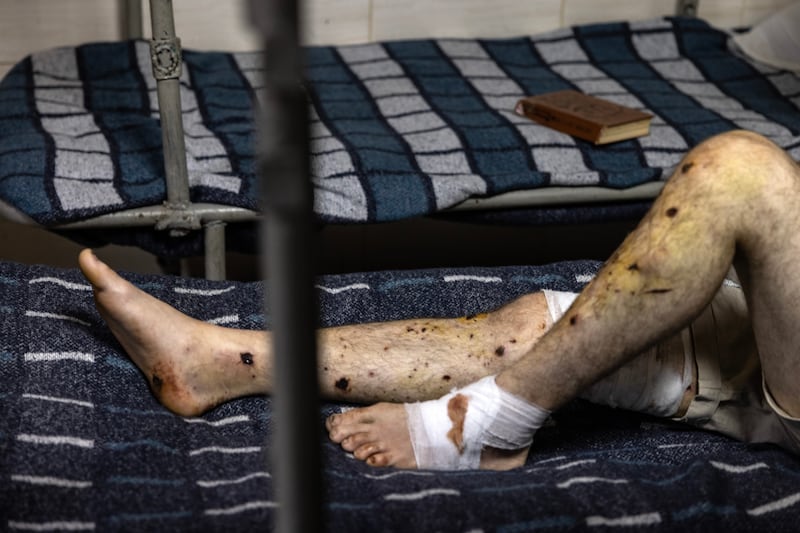
“If Ukraine hoped that the shock of the attack would lead Russians to lose faith in the outlook of the war, then this is not happening,” Kashin said. “More likely it will lead to anger and acceptance that the war was inevitable.”
The Kursk offensive did expose the flaws in Russia’s strategy of fighting a prolonged war, largely with volunteers lured by ever-increasing payments.
That strategy has allowed Russia to mostly replace its losses in Ukraine without resorting to another round of unpopular mobilisation. But it has also meant that the flow of volunteers has not been enough to create strategic reserves able to respond to a new crisis, like the incursion into Kursk.
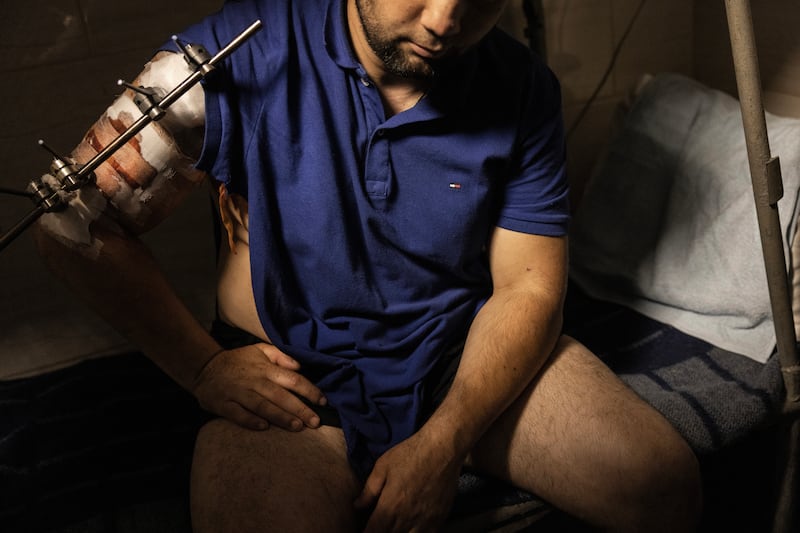
In cobbling together a reaction force, the Russian military command has thus far left one part of the front untouched. None of the units fighting in Kursk have come from the Donetsk region in the east of Ukraine, according to analysts, where Russia is pressing an offensive.
Since the invasion of Kursk, the Russian forces have only accelerated their advance on the strategic Donetsk stronghold of Pokrovsk. In recent days, they have also made gains in other areas of eastern Ukraine, which has seen the most brutal battles of the war.
The Ukrainian government has said that it has moved some units from the front lines to support the Kursk incursion, potentially aiding the Russian advances.
[ Kursk: How Ukrainian and Russian TV offered different narratives from the groundOpens in new window ]
Although the long-term impact of the Kursk invasion remains unclear, one certainty is that it has expanded the front by an additional 100km or so for the foreseeable future, forcing both sides to stretch their limited forces even further.
Ultimately, the expansion of the war to new areas will, over time, favour the side with bigger resources, the Russian analysts said. With triple the population and a larger industrial base, that side remains Russia. – This article originally appeared in The New York Times
